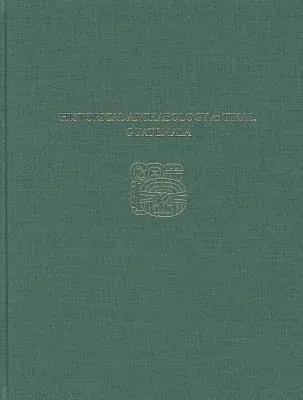The pre-Columbian city we call Tikal was abandoned by its Maya residents
during the tenth century A.D. and succumbed to the Guatemalan rain
forest. It was not until 1848 that it was brought to the attention of
the outside world. For the next century Tikal, remote and isolated,
received a surprisingly large number of visitors. Public officials,
explorers, academics, military personnel, settlers, petroleum engineers,
chicle gatherers, and archaeologists came and went, sometimes leaving
behind material traces of their visits. A short-lived hamlet was
established among the ancient ruins in the late 1870s. In 1956 the
University of Pennsylvania Museum of Archaeology and Anthropology
initiated its fourteen-year-long Tikal Project.
This report chronicles documented visits to Tikal during the century
following its modern discovery, and presents the post-Conquest material
culture recovered by the Tikal Project in the course of its
investigation of the pre-Columbian city. Further research on the
nineteenth-century settlement was carried out in 1998 in its southern
part by the Lacandon Archaeological Project (LAP) under the direction of
Joel W. Palka of the University of Illinois at Chicago. The material
culture recovered by the LAP supplements the Tikal Project collection
and is referenced here. Historical Archaeology at Tikal, Guatemala is
intended as a contribution to nineteenth and early twentieth century
Lowland Mesoamerican research. It is rounded out with several appendices
that will be of interest to historians and historical archaeologists.
The printed volume includes many black and white photographs and
drawings. A gallery of color photographs, several from Palka's 1998
excavations, is included on the accompanying CD-ROM. Content of the
book's CD-ROM may be found online at this location: http:
//core.tdar.org/document/376606.
University Museum Monograph, 135

